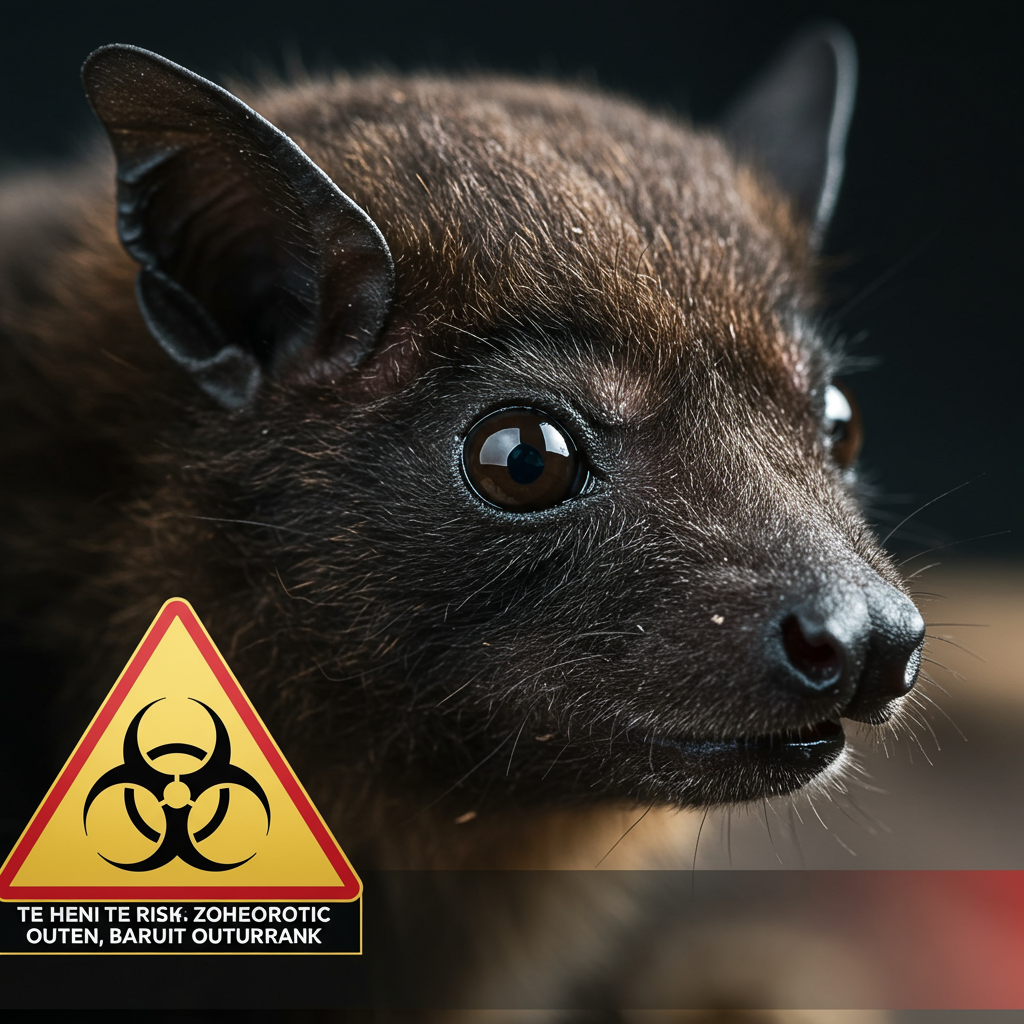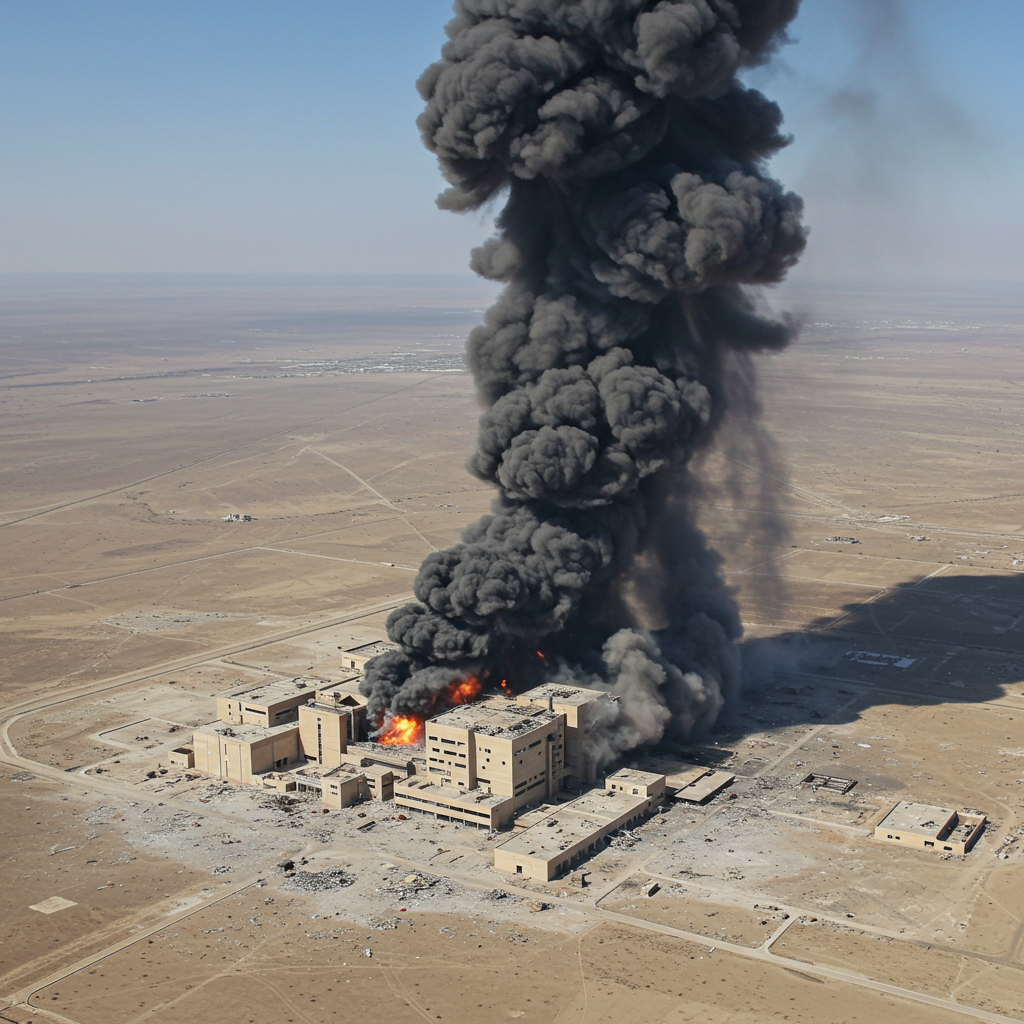A rare and deadly virus transmitted by bats has tragically claimed a life in Australia, highlighting the critical danger posed by seemingly minor wildlife encounters. The death, linked to Australian Bat Lyssavirus (ABLV), marks only the fourth known human case of this severe illness unique to the continent. Unlike rabies, which is widespread globally, ABLV circulates only in Australian bat populations. This case serves as an urgent reminder from health officials: immediate action after any bat contact is absolutely vital, as the disease is almost always fatal once symptoms appear.
Understanding Australian Bat Lyssavirus (ABLV)
Australian Bat Lyssavirus is a potent virus belonging to the lyssavirus family, the same group that includes the rabies virus. First identified in Australia in 1996, ABLV is carried by both flying foxes and insectivorous bats across the country. Transmission to humans occurs primarily through bites or scratches. While the virus is rare in bats, encounters can pose a serious risk.
Experts emphasize that ABLV is closely related to rabies. Both viruses cause a devastating neurological disease. Once inside the body, the virus travels along nerve pathways to the brain. This progression can take weeks or even months, a period known as the incubation period.
The Tragic Australian Case
Details surrounding the most recent death reveal a somber timeline. A man in his 50s residing in New South Wales reportedly sustained a bat bite several months prior to becoming ill. While reports indicate he sought medical attention, it remains unclear how promptly this occurred after the initial exposure. He was later reported to be in critical condition before ultimately succumbing to the virus.
This fatality underscores the silent danger of ABLV. Symptoms often begin with non-specific, flu-like signs such as headache, fever, and fatigue. However, the disease progresses rapidly. As the virus attacks the central nervous system, it leads to severe neurological dysfunction, including confusion, agitation, anxiety, paralysis, and eventually coma and death. This rapid deterioration once symptoms manifest is a hallmark of lyssavirus infections.
Why Bat Bites Are So Dangerous (A Look at Related Rabies Cases)
The risk from bat contact isn’t limited to Australia or ABLV; it’s a global concern involving the broader family of lyssaviruses, including rabies. Experiences elsewhere starkly illustrate why any bat encounter demands immediate medical review. A tragic case in California involved Leah Seneng, a school teacher who died from rabies after a bat bite. Friends noted the bite was small, almost unnoticed – described as just a “small nip.” She didn’t seek care initially and tragically developed symptoms a month later, rapidly deteriorating.
Similarly, a child in Ontario, Canada, died from rabies after possibly being exposed to a bat while sleeping. Despite parents checking and seeing no obvious bite or scratch, the virus was transmitted. These cases highlight a critical point: bat fangs are tiny, and a bite mark can be microscopic, easily overlooked, or potentially involve exposure via scratches or even mucous membranes without a clear wound. Waking up with a bat in your room, or finding a bat where contact might have occurred with a vulnerable person (like a child, someone intoxicated, or impaired), is considered an exposure requiring medical follow-up.
Preventing the Untreatable: The Power of Prompt Treatment
The grim reality of ABLV and rabies is that there is currently no effective treatment once neurological symptoms have begun. The near-100% fatality rate post-symptom onset makes prevention absolutely critical. The window for effective intervention exists only during the incubation period, before the virus reaches the brain. This is where timely post-exposure prophylaxis (PEP) becomes a life-saving measure.
PEP involves a two-step approach. First, immediate, thorough washing of the bite or scratch wound with soap and water is crucial to help remove virus particles. Second, a course of rabies vaccine is administered over several weeks, often along with a dose of rabies immunoglobulin (antibodies) given directly into and around the wound site. This provides immediate, passive immunity while the body develops its own response from the vaccine. This process is highly effective at preventing the disease from developing if administered promptly after exposure. The heartbreaking cases of individuals who died despite seeking treatment highlight the ‘how quickly’ factor – treatment delayed can be treatment denied in the race against the virus reaching the brain.
Bat Safety Guidelines: Avoid Contact at All Costs
Public health authorities consistently issue strong advice: never handle bats or other wild animals. Bats found on the ground, unable to fly, or acting unusually (like being active during the day) could potentially be sick and should be avoided. This behavior can be a sign of lyssavirus infection. If you find a bat indoors or in an unusual location, contact local wildlife authorities for safe removal.
If you are bitten or scratched by a bat, or if there’s any potential contact (even if you don’t see a clear bite), seek immediate medical advice. This includes situations like waking up to find a bat in your sleeping area. Healthcare providers will assess the risk and determine if PEP is necessary. Don’t delay seeking help; the consequences of waiting are severe.
ABLV and Rabies: Prevalence and Risk Factors
While the recent human case in Australia is rare, surveillance shows that ABLV is present in bat populations. Wildlife Health Australia data indicates hundreds of bats have tested positive for ABLV since 2001, though the overall prevalence in wild populations is hard to determine. Rabies is also present in bats globally, and in the US, bats are the most common source of human rabies cases. Factors like habitat loss, climate change leading to extreme heat events, and human encroachment can bring bats into closer contact with populated areas, potentially increasing interaction risks. Awareness and caution are the best defenses against these rare but deadly viruses.
Frequently Asked Questions
What exactly is Australian Bat Lyssavirus (ABLV) and how is it different from rabies?
Australian Bat Lyssavirus (ABLV) is a virus found exclusively in bats in Australia. It belongs to the same family (lyssaviruses) as the rabies virus, which is found worldwide. Both viruses cause very similar, severe, and almost always fatal neurological disease in humans once symptoms appear. The key difference is geographic location; ABLV is only in Australia, while rabies is global. Transmission methods (bites, scratches) and the critical need for post-exposure treatment are similar for both.
If I’m bitten or scratched by a bat in Australia (or anywhere), what should I do immediately?
If you have any contact with a bat, including a bite or scratch, you should immediately wash the wound thoroughly with soap and water for several minutes. Then, seek urgent medical attention from a doctor or hospital. They will assess the risk and determine if you need post-exposure prophylaxis (PEP), which involves rabies vaccine and potentially immunoglobulin, to prevent the virus from developing into a fatal illness.
Why is post-exposure treatment so critical, and what happens if I wait until symptoms appear?
Post-exposure prophylaxis (PEP) is critical because it is the only effective way to prevent ABLV or rabies once exposed. These viruses are nearly 100% fatal after neurological symptoms begin. The PEP treatment, given promptly before symptom onset, stops the virus before it can reach the brain. If you wait until symptoms appear (which can be weeks or months after exposure), the virus has already progressed too far, and treatment is generally ineffective.
Word Count Check: ~1080 words




